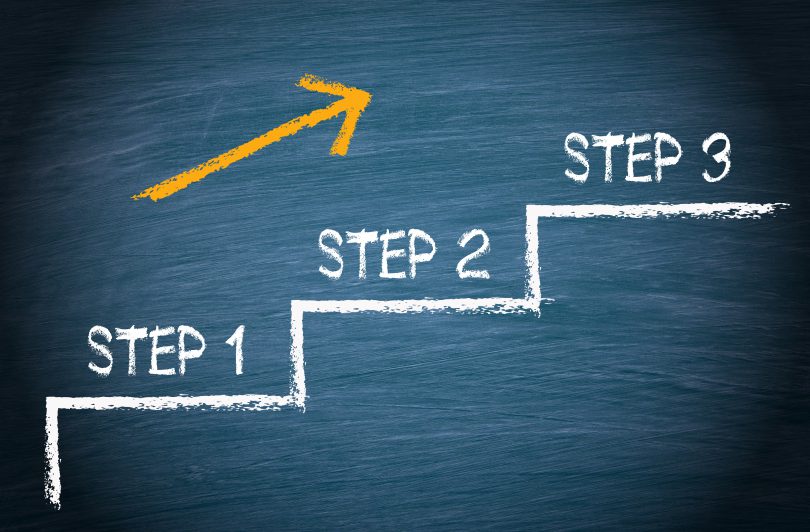Last week, we put out this article giving uncommitted seniors 5 reasons to stay positive about playing college baseball. In this article, we provide more concrete action steps for seniors who are still looking for a place to play next season. We’ll dive into the steps you need to take if you want to play college baseball. But, let’s first provide a little context for the current recruiting landscape.
The recruiting landscape changed dramatically due to COVID-19. This has much less to do with what recruits need to do to make it to the next level (focusing on developing the best skills and pairing them with a strong recruiting plan is still the best route), and more to do with understanding the new environment college coaches are operating in.
When the NCAA and NJCAA granted players an additional year of eligibility, it created a logjam that will last for years. On top of that, the number of players selected in the MLB draft was dramatically reduced. All this adds up to mean that rosters are over-crowded with older, more experienced, and more talented players. More talented players competing for the same 9 spots on the field. And this doesn’t just impact D1, it’s true at every level. Additional eligibility rulings from the various governing bodies could make things even more challenging for 2021 grads and beyond.
Given that it is more competitive than ever to make it to the next level, we outline 5 steps you should take to give yourself the best chance at finding a college baseball fit.
Step 1: Drop Your Ego and Seriously Consider More Options
The D1 or bust mentality is tired. There is great baseball opportunities at every level of college baseball from JUCO and NAIA to Power 5 D1’s. There is nothing wrong with having your sights set on playing D1 baseball and working towards that goal, but fixating on level designation over program fit is one of the most common recruiting mistakes. Especially now, understand how few players actually get to play D1 baseball. You must be open to other opportunities and consider all your options. Playing college baseball at any level is a tremendous accomplishment. Broaden your search, consider every opportunity that comes your way, and understand that D1 isn’t in the cards for every player, and that’s okay!
Step 2: Create or Update Your Recruiting Video
If you are familiar with KPB, this step is nothing new. Using video and social media to create meaningful exposure to college coaches is a must. D1 coaches can’t recruit in person until April at the earliest. Coaches at other levels are dealing with strict recruiting budgets and other COVID-related restrictions, in addition to the start of their season. Simply put, using video to connect with and engage coaches is a must. Not only do recruiting videos work well to create initial interest, but they are the most effective form of exposure.
We strongly suggest you sign up for KPB’s free online course to help you learn how to create your own video. Here’s additional resources on recruiting videos. And here’s additional information on using social media to get recruited. If you have been shut down for the off-season, make it a priority to create a video early in the spring when your arm is in shape and you can show yourself at your best.
Step 3: Research Schools and Use Social Media/Email to Connect With Coaches
Now that you have a realistic view of the recruiting opportunities and you’ve made a video that showcases your ability, it’s time to get it in the hands of college coaches. Research programs that fit what you are looking for and send direct, personalized emails with your video link to your top 15-20 programs (or more!). In addition to the emails, use social media platforms (Twitter and Flatground accounts) to get it out to broader group college coaches.
Step 4: Get Organized and Prepare for Video Follow Up
The off-season is a great time to get organized and prepare for on-field and recruiting success. This article is a great place to start, but you need to do more than think in general terms. Create a specific plan. When, where, and how will you make your video? Who will you send it to? What will you need if the coaches respond with interest? What will you do if they don’t respond at all? How will you keep getting better? What are you doing to get faster and stronger? When will you update your video to show the gains you’ve made? What are your backup plans if you don’t get the interest you are hoping for? There are many questions to consider, and KPB has plenty of resources to help you every step of the way.
Step 5: Have Backup and Contingency Plans
Plan and work for the best while being realistic about the range of things that can happen with your recruitment during an unpredictable spring. Do you have a backup option and safety schools? Would you consider a gap year to improve your skills? Would you consider club baseball instead of intercollegiate baseball? These are all important things to consider and plan for, even if they aren’t what you hope happens.
The journey to college baseball may have gotten more difficult, but if playing college baseball is your priority, taking these 5 steps will put you in a great position to get there. You have 9 months to find your fit, it’s time to get to work!







